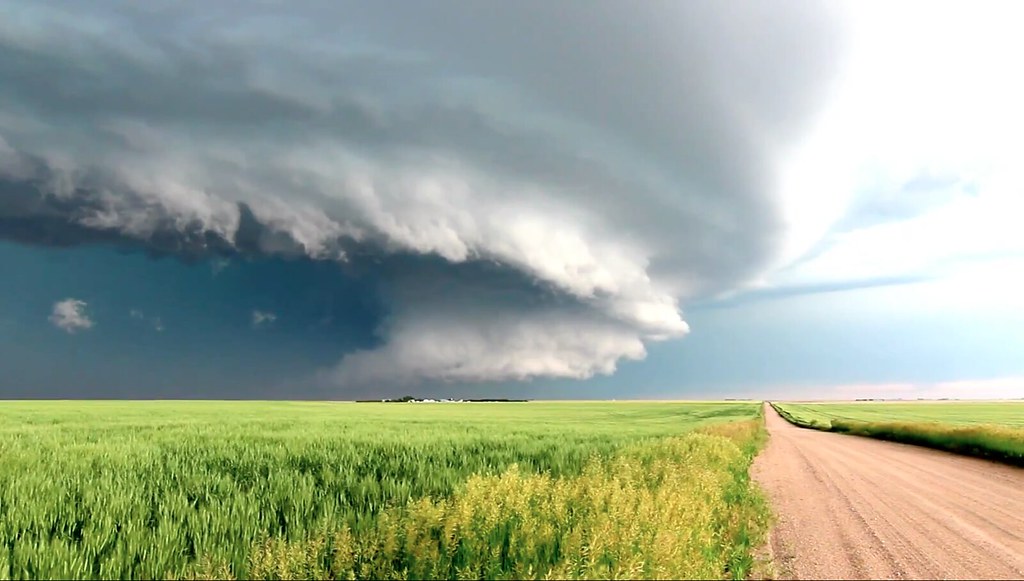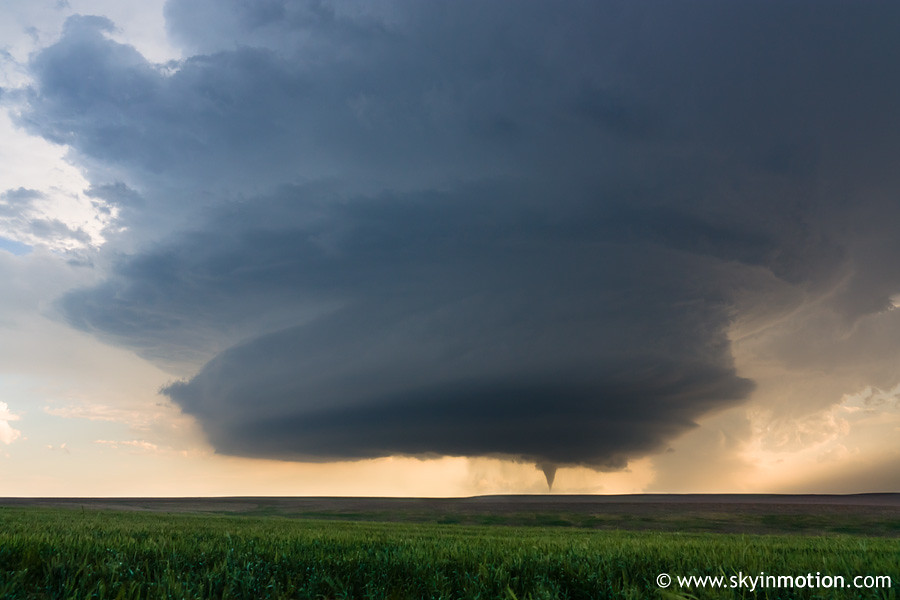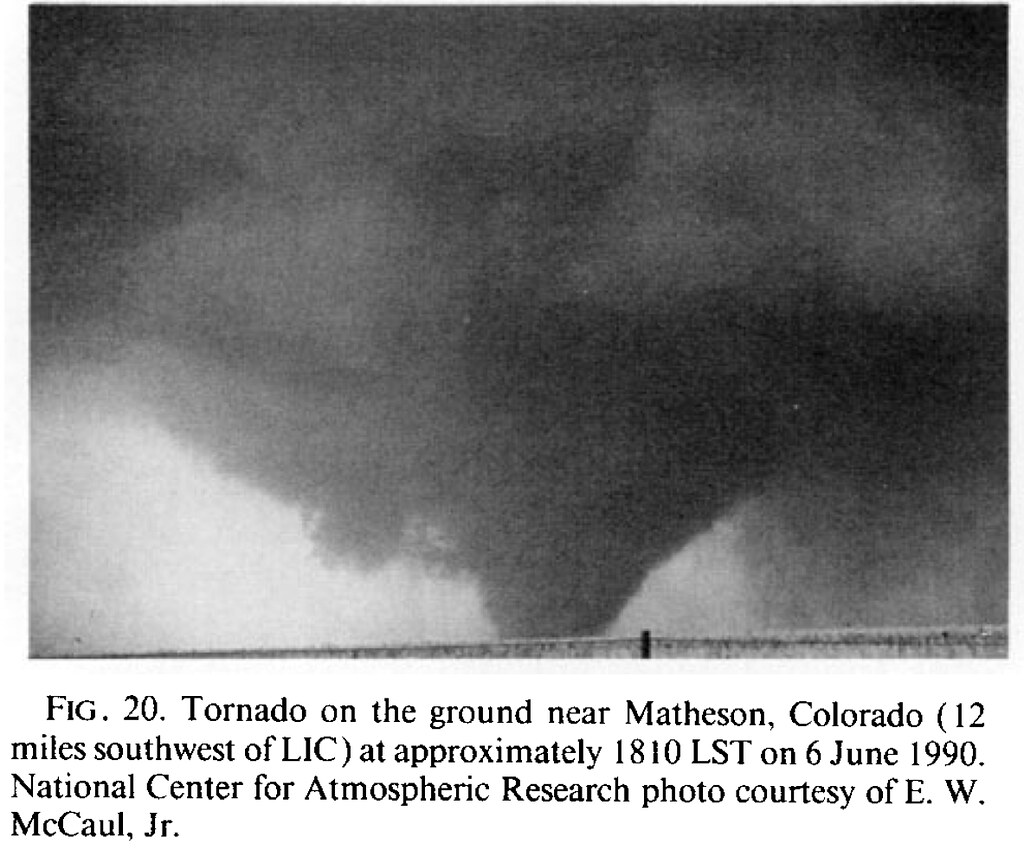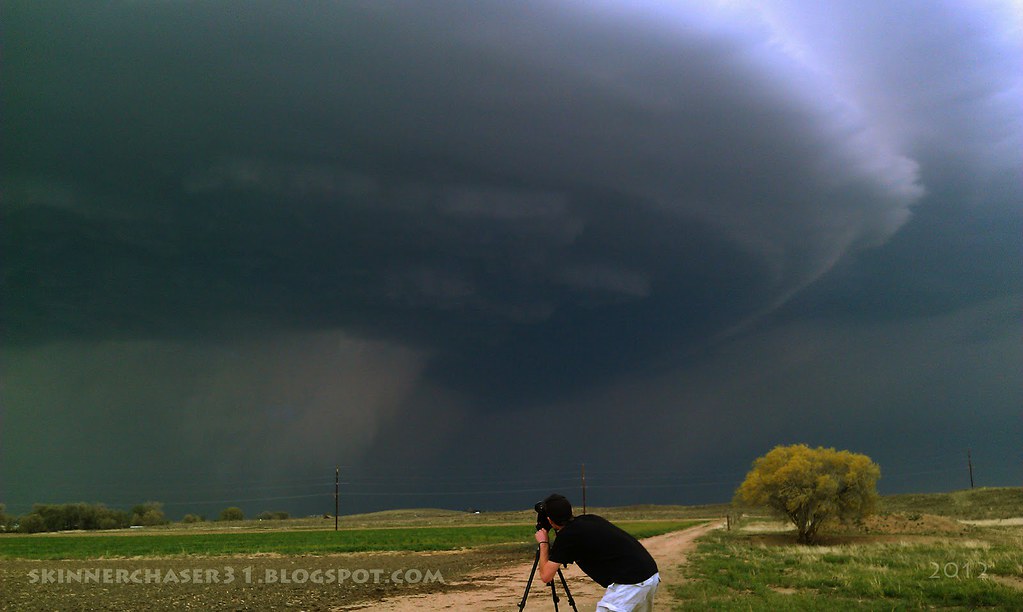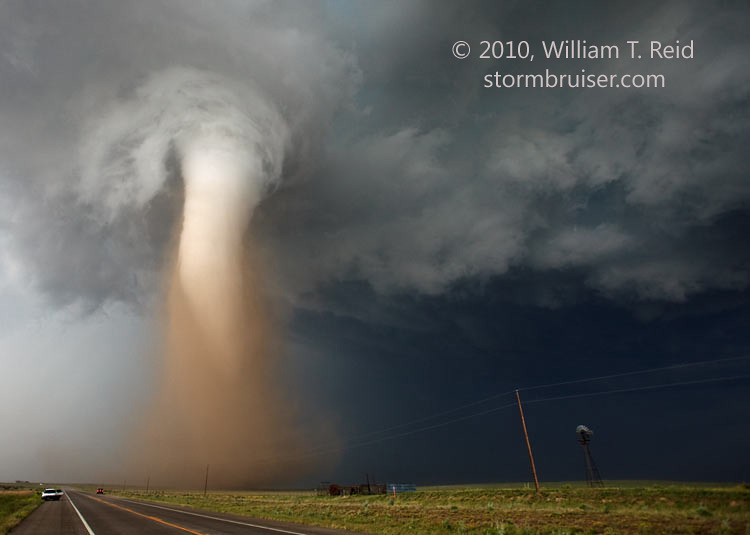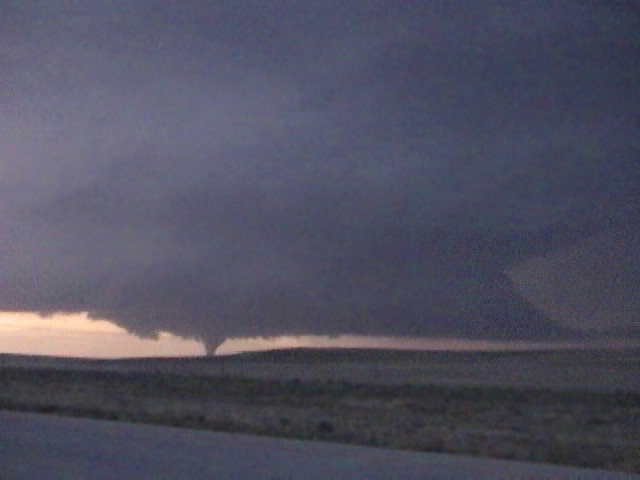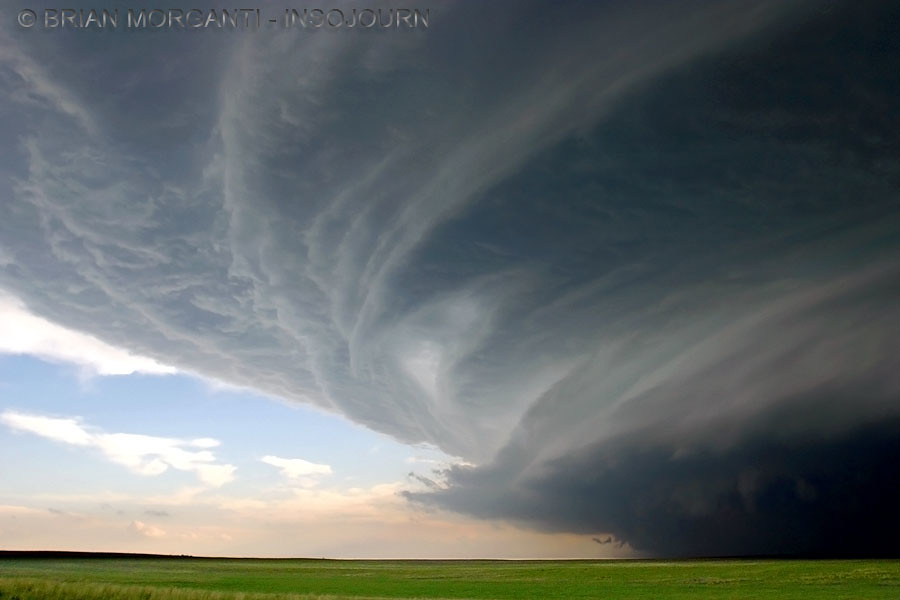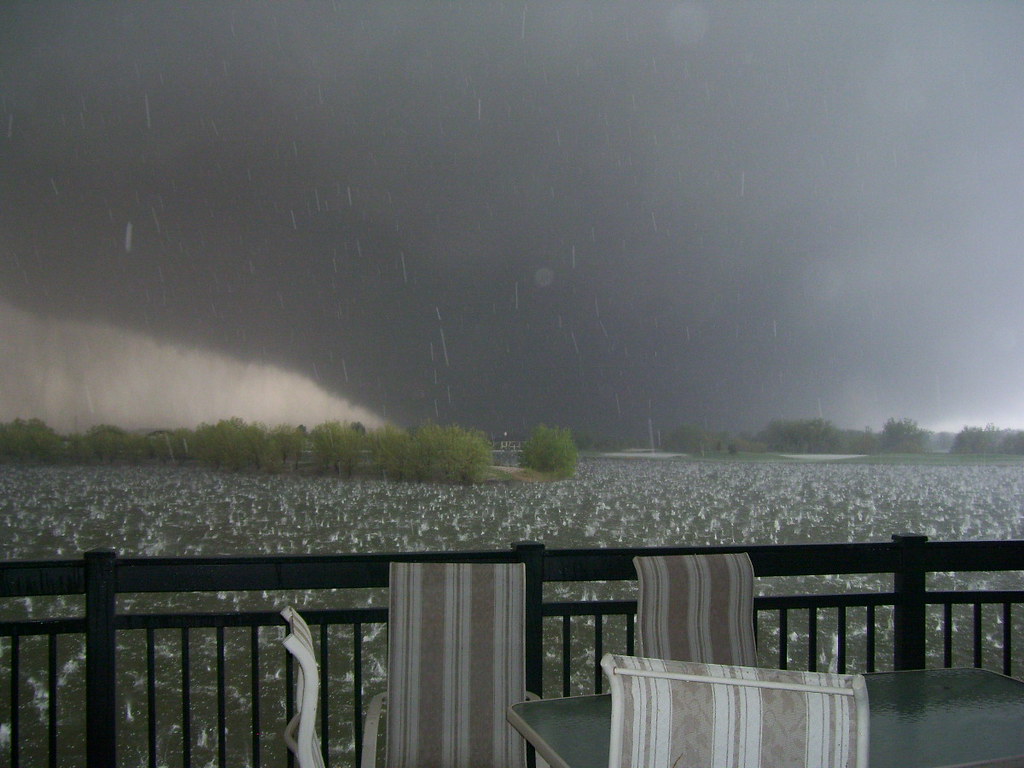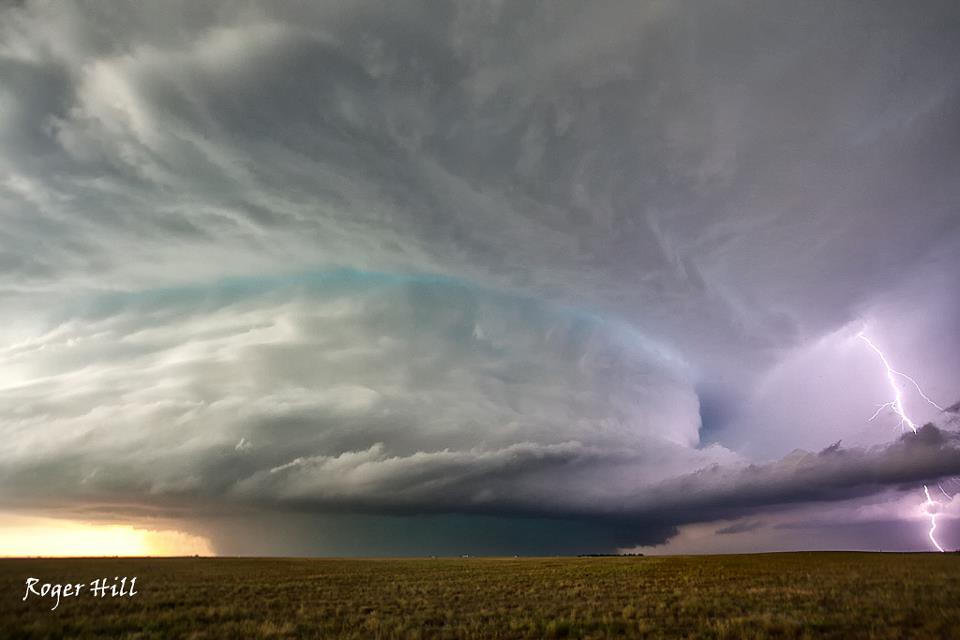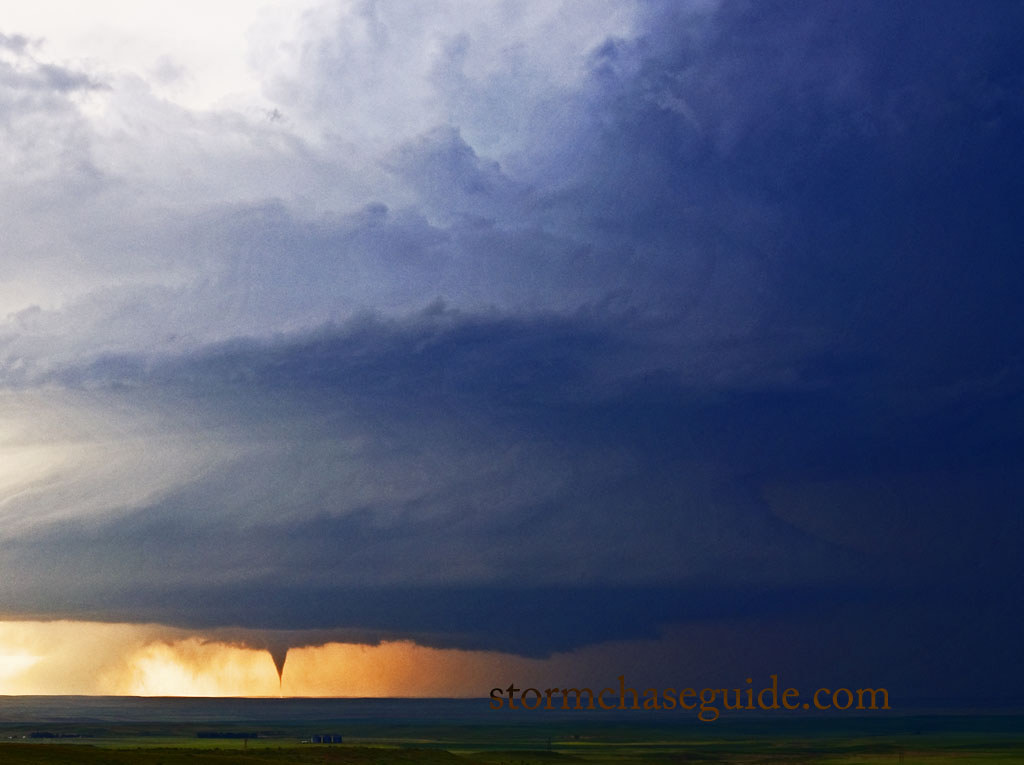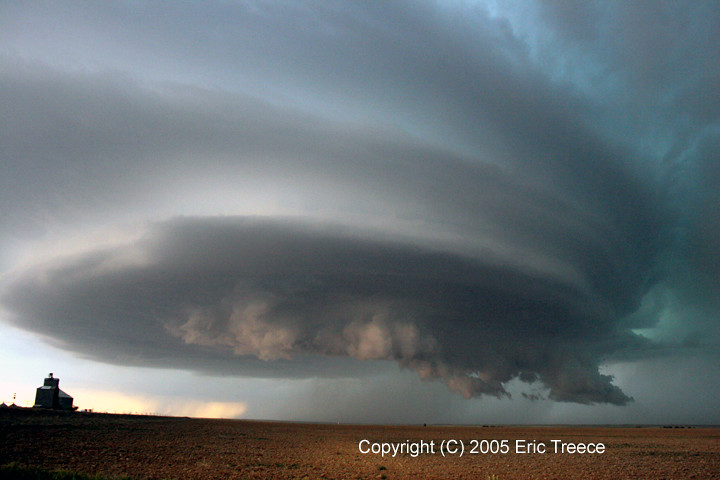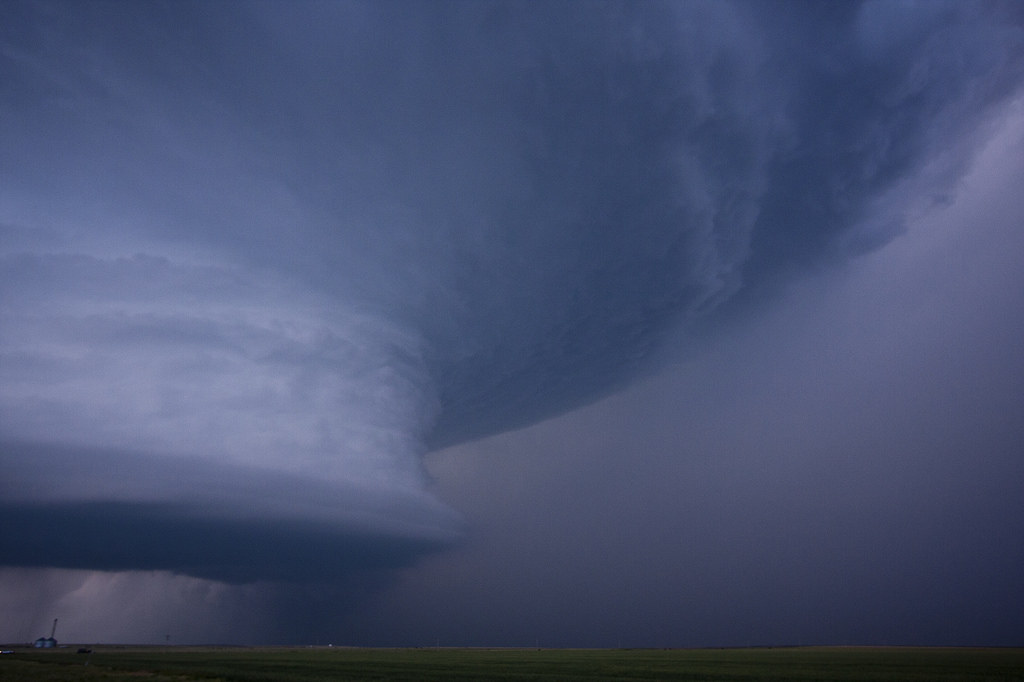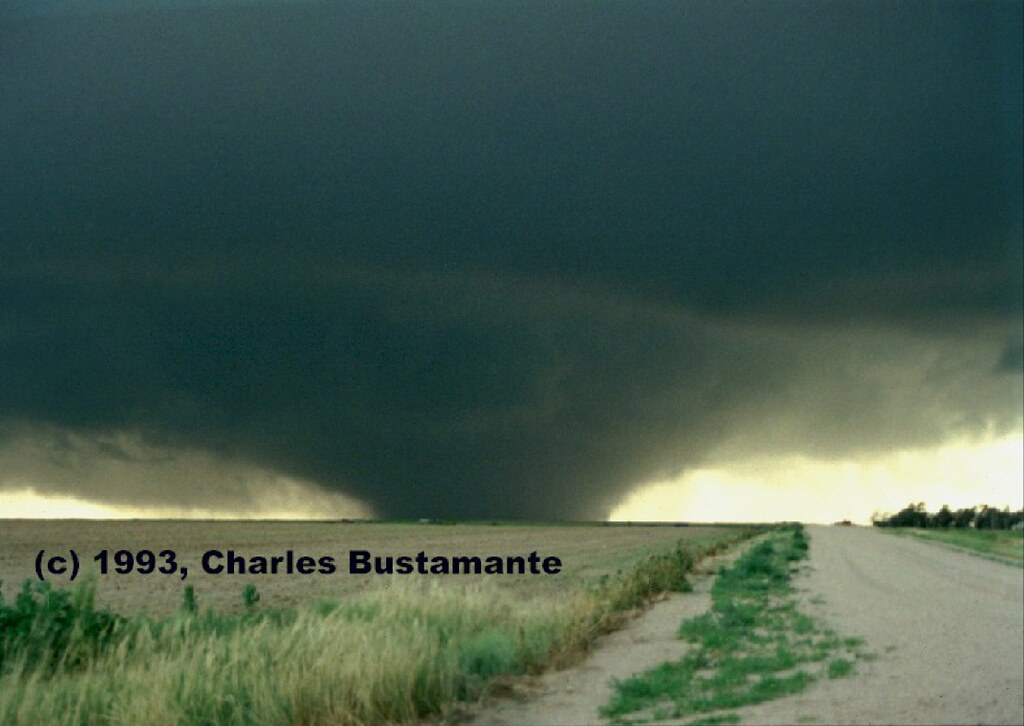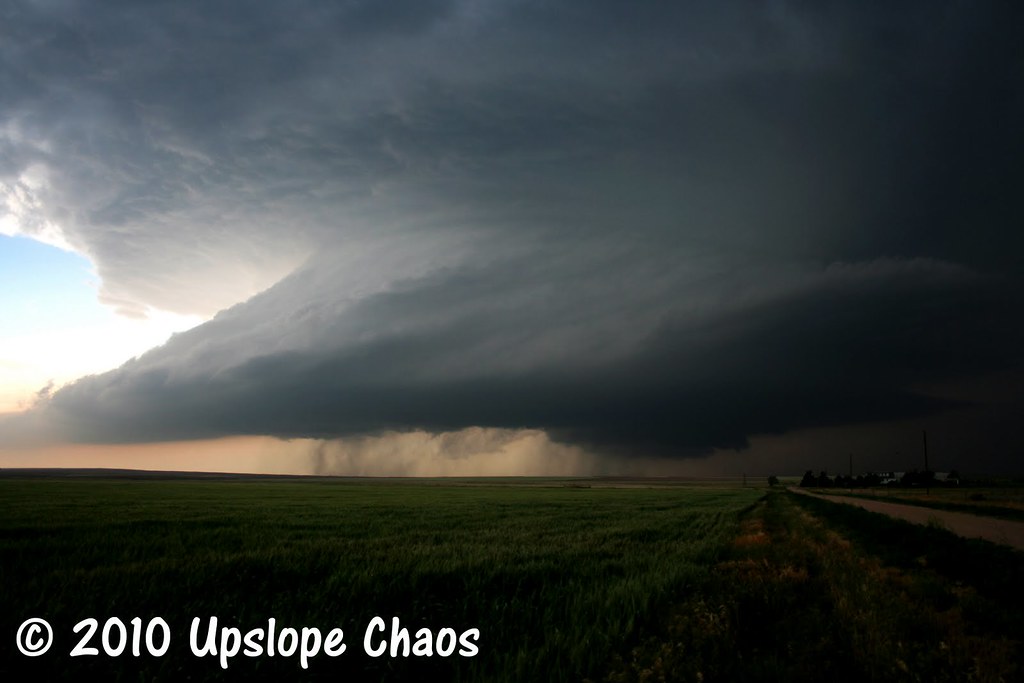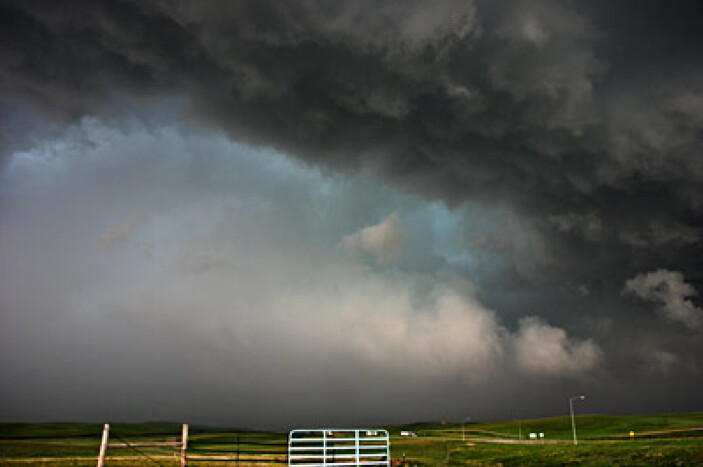Adam Adkins
EF3
Lately I have been doing a lot of research in regards to severe patterns in eastern Colorado. My main question has been this: Does Colorado get storms of the same caliber of those that develop over the KS, OK, TX, and NE areas? I found various news interviews and stories where reporters would say we do not, but after looking for proof, I beg to differ. I know there have been no EF4 or EF5 tornadoes reported in Colorado, but I wonder how much of that has to do with the fact that most of the plains are extremely rural with no trees. How accurately can you measure wind speeds with no objects to observe after the fact? It is my estimation, that Colorado should not be looked at as a lesser state in terms of outbreak severity and frequency. I have compiled a group of images I have read about and found online that were ALL taken in Colorado, to demonstrate that the caliber of the storms here are every bit as significant as the storms east of here. Thanks to all who have chased and taken these shots over the years!
